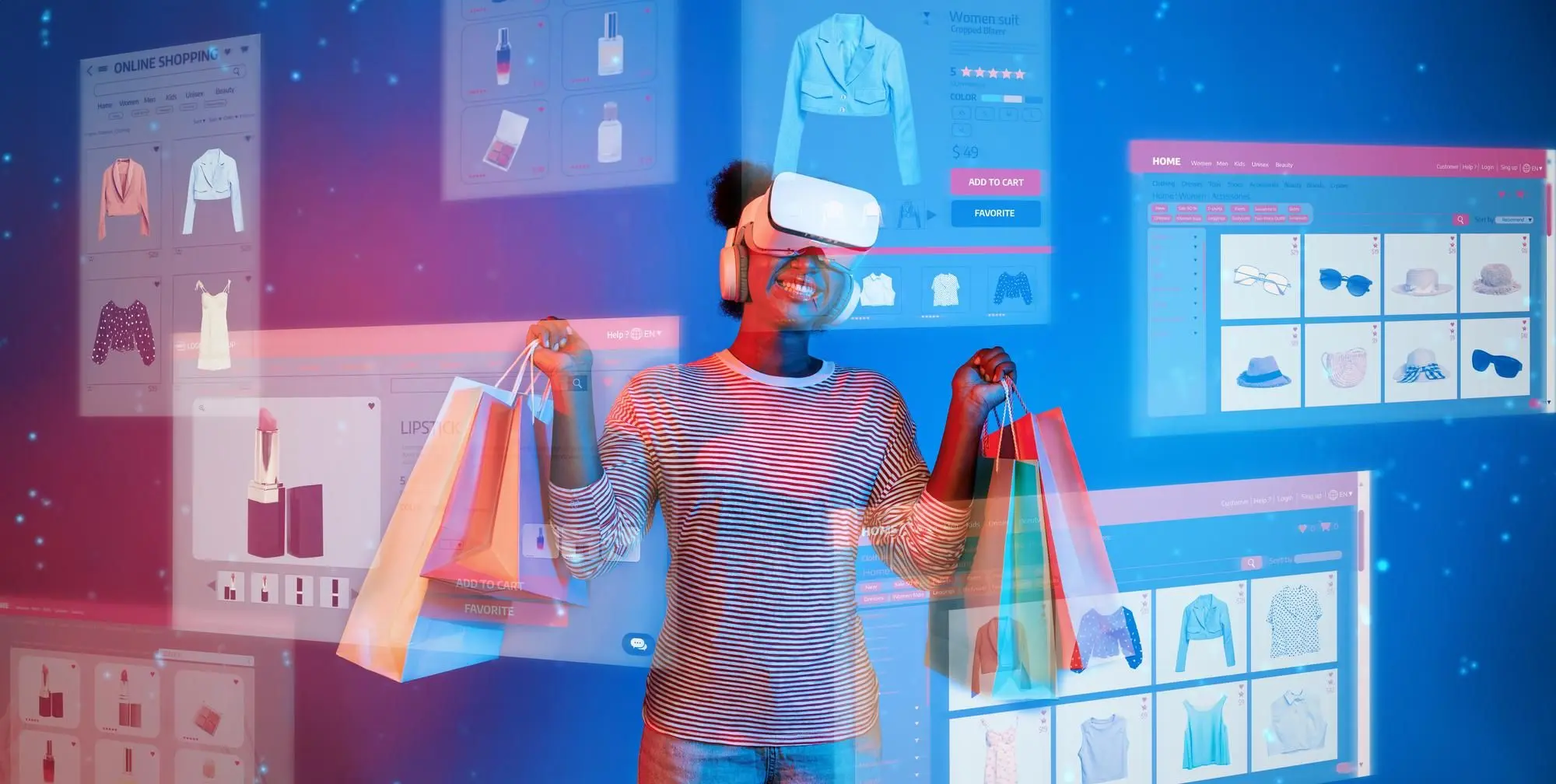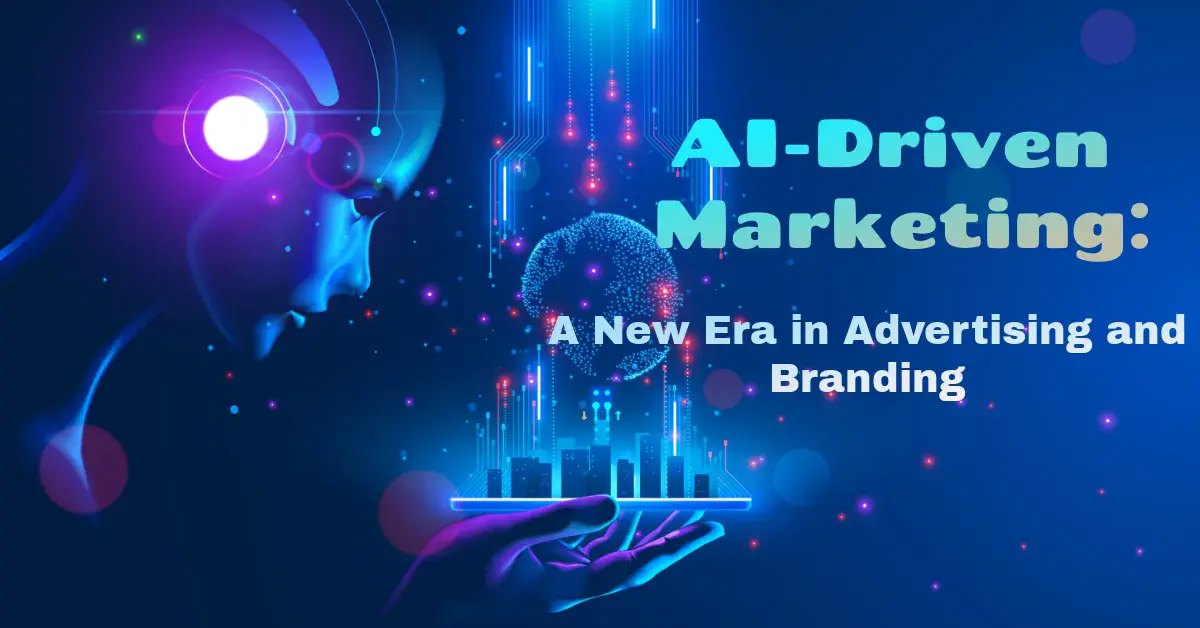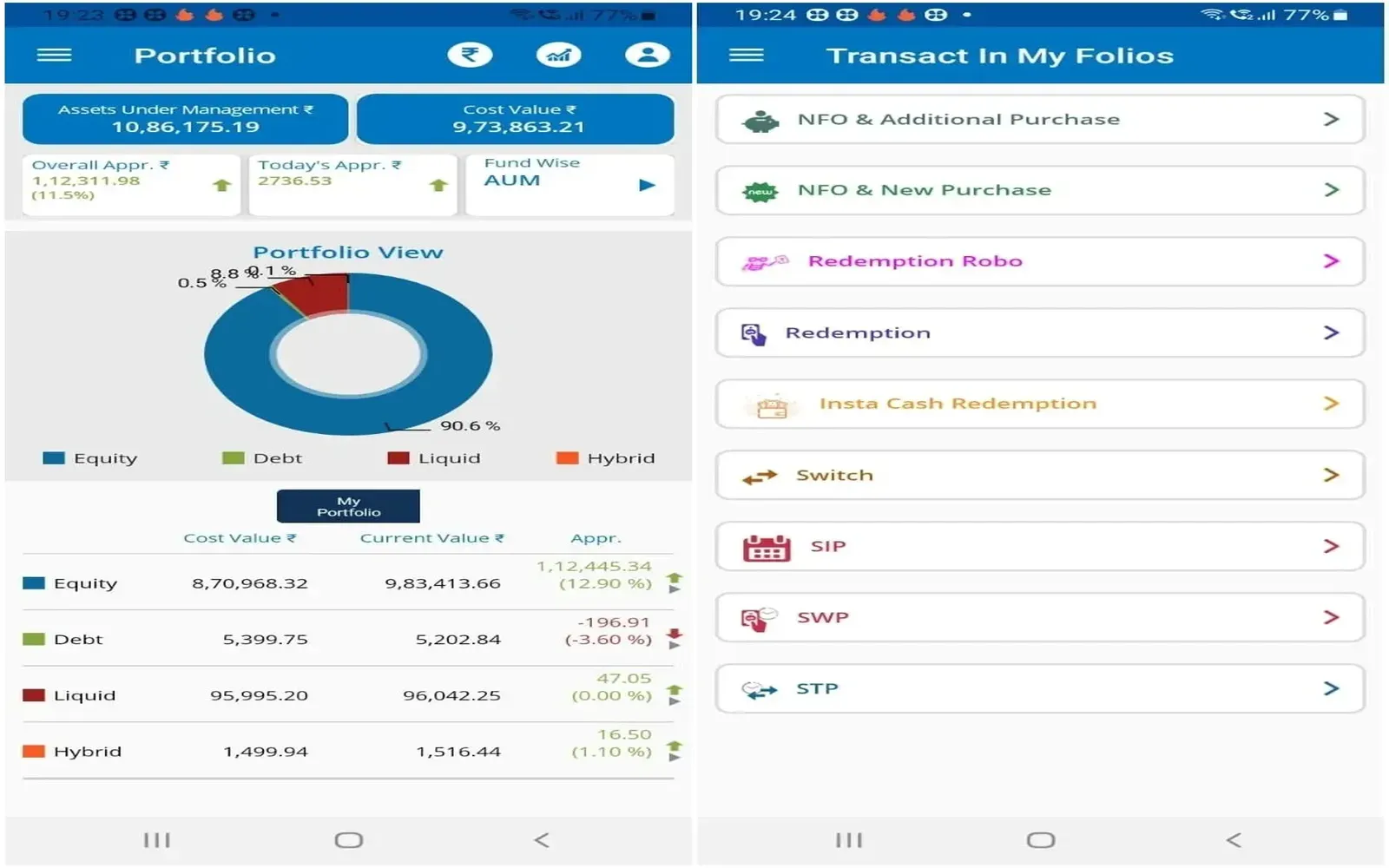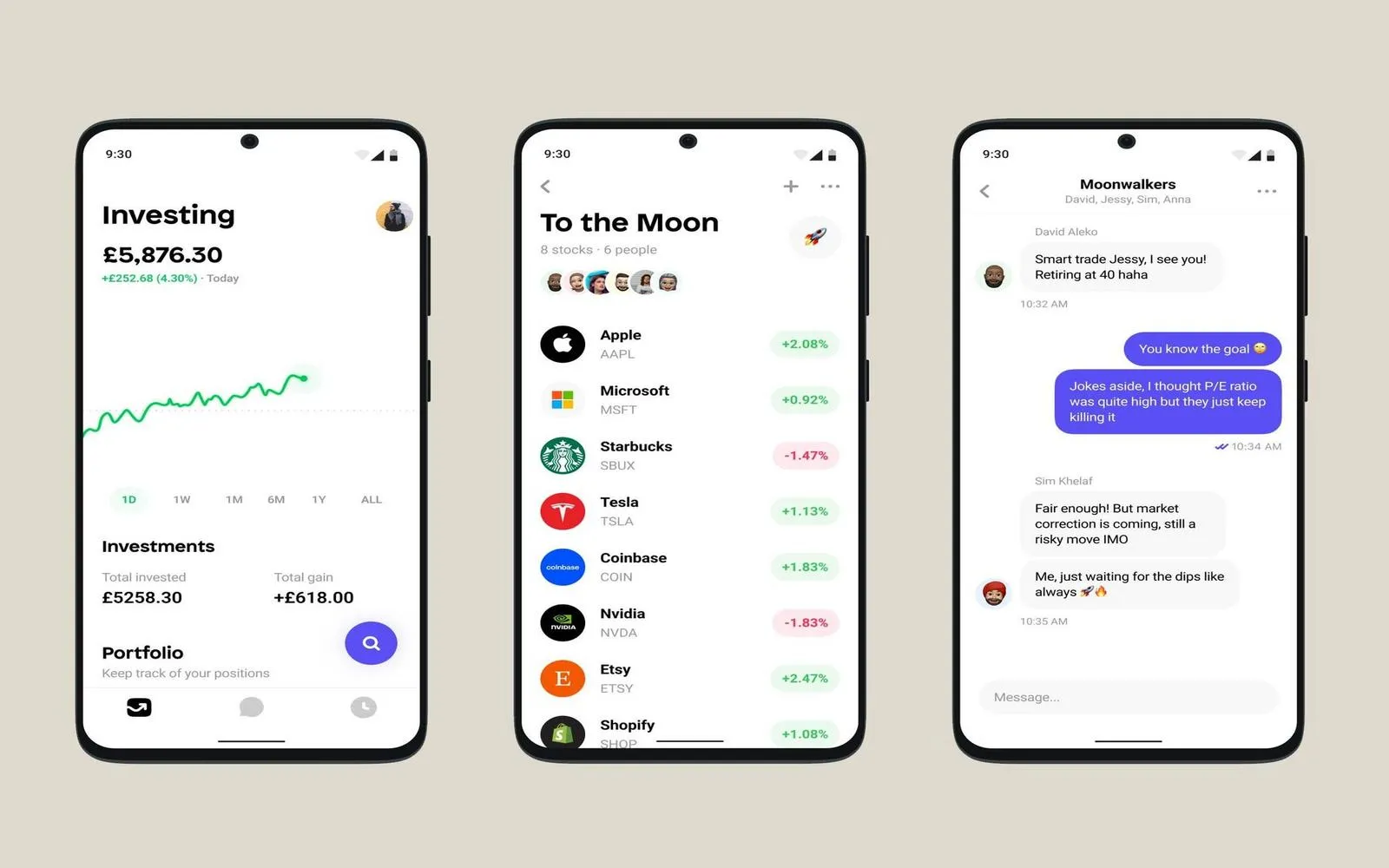
As the world becomes increasingly digital, the fashion industry is undergoing a profound transformation. One of the most exciting developments in this space is the rise of AI-powered outfit try-on apps. These applications are revolutionizing how consumers shop for clothes by allowing them to visualize how garments will look on their bodies without ever stepping into a fitting room. This innovative technology is not only enhancing the shopping experience but also empowering users to dress to impress virtually.
The Technology Behind AI-Powered Outfit Try-On Apps
At the core of these apps is sophisticated artificial intelligence that leverages machine learning and computer vision. By using algorithms that analyze body types and garment characteristics, these applications can provide a realistic simulation of how clothing fits and looks on the user. Features often include 3D modeling, augmented reality (AR) overlays, and even virtual fitting rooms that mimic real-life shopping experiences. This technology has made it easier than ever for shoppers to make informed decisions, reducing the likelihood of returns and increasing overall satisfaction.
Benefits of Using AI-Powered Outfit Try-On Apps
The advantages of utilizing virtual try-on technology are manifold. Here are some key benefits:
- Convenience: Users can try on clothes anytime and anywhere, eliminating the need for physical store visits.
- Personalization: These apps often use data to recommend styles that suit individual preferences and body shapes, making the shopping experience tailored and relevant.
- Cost-Effectiveness: By minimizing returns due to incorrect sizing or style mismatches, both consumers and retailers save money.
- Sustainability: Reducing the number of returns can also lead to less waste, contributing positively to the environment.
Chart: Growth of AI-Powered Outfit Try-On Apps
To illustrate the rapid expansion of the market for AI-powered outfit try-on apps, the following chart showcases the projected growth in user adoption over the next five years:
| Year | Estimated Users (in millions) |
|---|---|
| 2023 | 15 |
| 2024 | 25 |
| 2025 | 40 |
| 2026 | 60 |
| 2027 | 90 |
Popular AI-Powered Outfit Try-On Apps
Several apps have emerged as leaders in this innovative space. Here are a few notable examples:
- Zeekit: Acquired by Walmart, this app allows users to upload their photos and see how different outfits look on them.
- ASOS Virtual Catwalk: ASOS has integrated a 3D virtual fitting room feature that helps users visualize how their selected pieces will fit before making a purchase.
- Goodstyle: This app focuses on personal styling, where users can receive outfit recommendations based on their virtual try-on preferences.
The Future of Fashion with AI
The integration of AI technology into the fashion industry is just beginning, and the potential for innovation is vast. As more brands adopt virtual fitting solutions, the shopping experience will continue to evolve. Users can expect enhanced features such as AI-driven recommendations that take into account past purchases or even social media trends. The goal is to create a seamless and engaging shopping journey that allows consumers to dress to impress without any hassle.
Challenges and Considerations
Despite the numerous benefits, the rise of AI-powered outfit try-on apps is not without its challenges. Privacy concerns regarding data collection and user images are prevalent, necessitating robust measures to protect consumer information. Moreover, ensuring that the AI algorithms accurately represent diverse body types and sizes remains a critical issue. As the technology continues to develop, addressing these challenges will be essential for widespread acceptance and success.
Conclusion
The emergence of AI-powered outfit try-on apps marks a significant shift in the fashion industry. By combining cutting-edge technology with user-centric design, these applications empower consumers to make informed choices and dress to impress in a virtual environment. As adoption grows and technology evolves, we can anticipate even more exciting developments that will redefine how we approach fashion and shopping.








